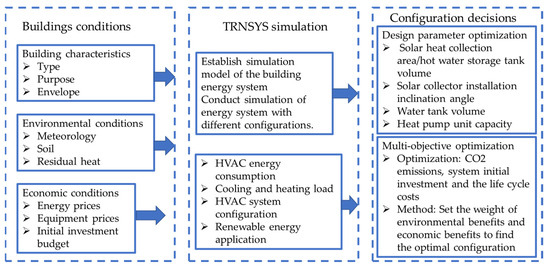Introduction:
Embarking on the journey of creating your own kitchen garden is an endeavor that combines both art and science. It’s not just about throwing some seeds into the ground and hoping for the best; rather, it’s a thoughtful process of designing and cultivating a space that harmonizes with nature to produce a bounty of fresh, organic ingredients right at your doorstep.
Understanding Your Space:
Before diving into the design of your kitchen garden, take some time to thoroughly understand the space you have available. Assess factors such as sunlight exposure, soil quality, drainage, and any existing structures or obstacles that may influence your layout. By understanding these elements, you can make informed decisions about where to place different plants and features within your garden.
Planning Your Layout:
With a clear understanding of your space, it’s time to start planning your garden layout. Consider factors such as crop rotation, companion planting, and maximizing space efficiency. Think about how different plants will interact with each other and how you can create a balanced ecosystem within your garden. Sketch out different design ideas until you find one that feels right for you.
Creating Zones:
To maximize the productivity and aesthetics of your kitchen garden, consider dividing it into zones based on plant types or functions. For example, you might have a section for culinary herbs near the kitchen, a row of raised beds for vegetables, a trellis for climbing plants like beans or cucumbers, and a compost area for recycling organic waste. Each zone serves a specific purpose and contributes to the overall harmony of the garden.
Choosing Plants Wisely:
When selecting plants for your kitchen garden, opt for varieties that are well-suited to your climate and growing conditions. Choose a mix of vegetables, herbs, fruits, and flowers to create a diverse and vibrant ecosystem. Pay attention to the needs of each plant, including spacing requirements, water and sunlight preferences, and potential pest or disease issues. By choosing plants wisely, you can ensure a successful and thriving garden.
Implementing Sustainable Practices:
Incorporating sustainable practices into your kitchen garden not only benefits the environment but also enhances the health and productivity of your plants. Consider using organic fertilizers and pest control methods, practicing water conservation techniques such as drip irrigation or rainwater harvesting, and implementing mulching to suppress weeds and retain soil moisture. By working in harmony with nature, you can create a garden that is not only beautiful but also resilient and self-sustaining.
Maintaining Your Garden:
Once your kitchen garden is established, regular maintenance is key to keeping it healthy and productive. This includes tasks such as watering, weeding, pruning, and monitoring for pests and diseases. Stay attentive to the changing seasons and the needs of your plants, adjusting your maintenance routine accordingly. By staying proactive and attentive, you can enjoy a flourishing garden year-round.
Conclusion:
Embarking on the journey of designing and cultivating your perfect kitchen garden is a rewarding and fulfilling experience. By embracing the principles of organic harmony and working in concert with nature, you can create a space that not only provides a bountiful harvest of fresh, organic ingredients but also nourishes your soul and uplifts your spirit. So roll up your sleeves, dig in the dirt, and let the magic of gardening transform your life. Read more about layout of kitchen garden




